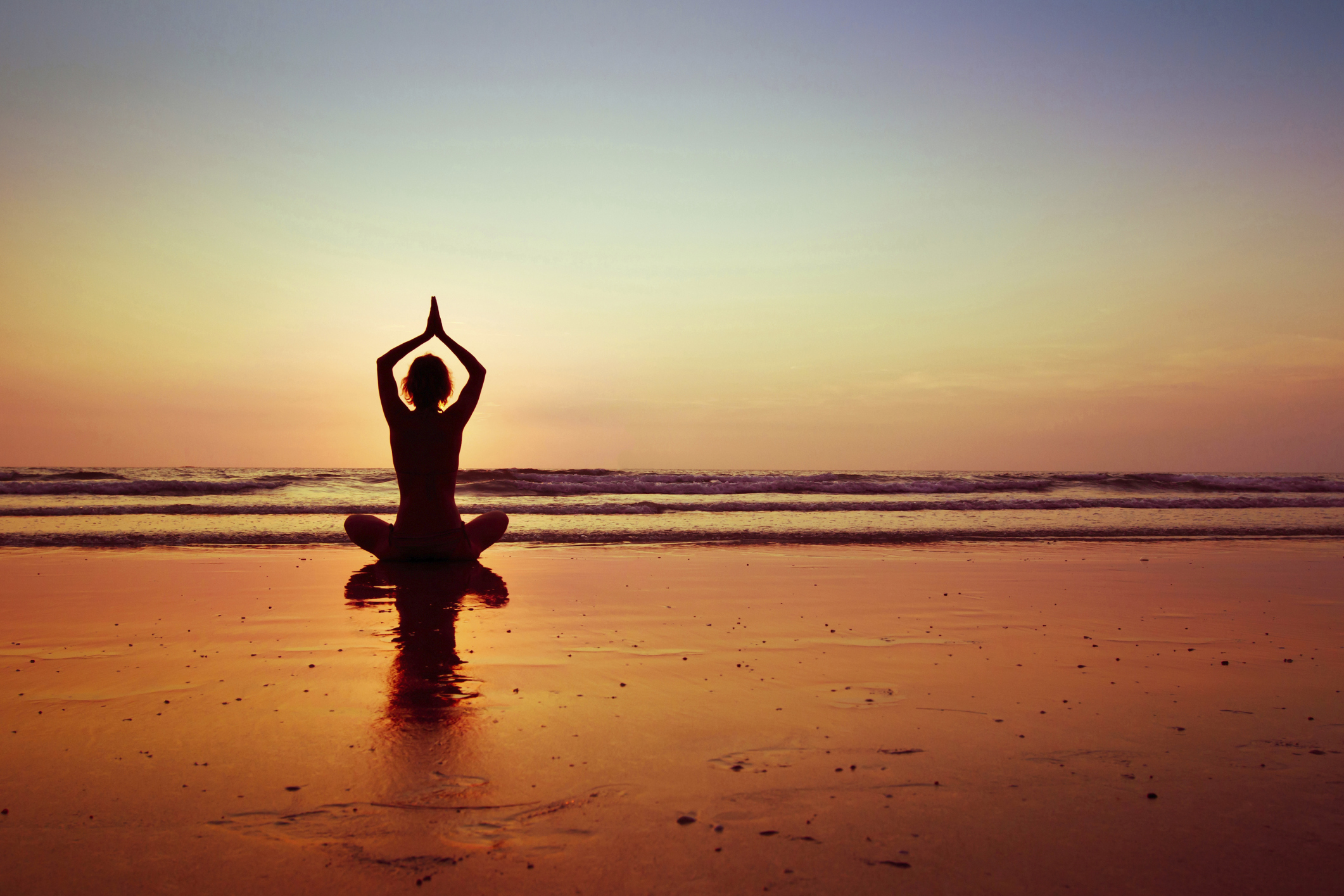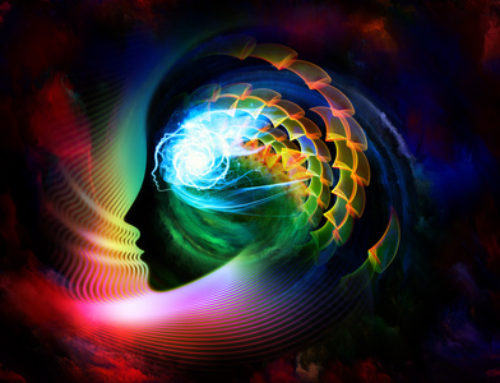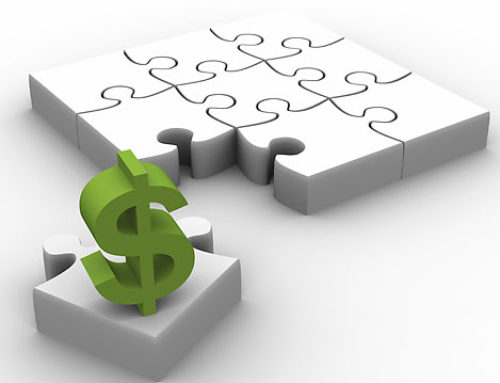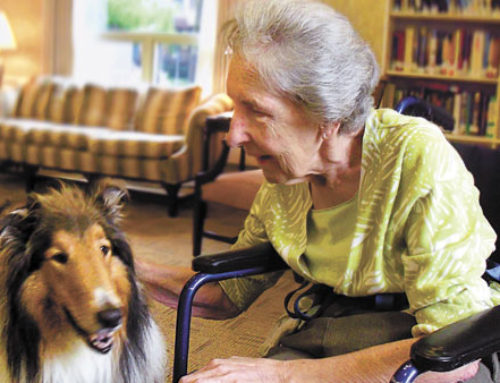A New Year, with new goals established as a guidepost. I am an avid goal setter – every January and July – providing me six-month assessments of progress. As I’ve gotten older, my goals have shifted to reflect my evolving life purpose. Having a life purpose is vital to our quality of life as we age. For most, our purpose evolves over time to become more internal. Whereas external goals tend to be ego based such as monetary benchmarks, internal goals trend toward a broader view of our role in “community.” A new goal on my list this year is spending more time with my aging parents in addition to my recurring goals of increased yoga and meditation. Pursuing our goals with purpose fuels our passion and forms emotional connections to our life plan. That life plan in adulthood for most of us involves a healthy transition into elderhood.
Aging WELL involves a chapter of self-discovery, as we transition from Doing (externally referenced) to Being (internally referenced). Self-discovery traits evolve as we age, particularly if we focus on them. A leading Gerontologist, Bill Thomas, M.D. shares Stanford researcher Laura Carstensen theory that human experience involves distinct ways young and old perceive time. If we feel we have unlimited time as when we are younger our focus is much more on doing. Carstensen argues that “our perception of time shapes our priorities.” This perspective on human motivation blends nicely with the distinction between DOING-being and BEING-doing, as referenced in the Carstensen Table below. (Thomas, 2007)
| DOING-being | BEING-doing |
| Gaining information | Meaningfulness |
| Social comparison | Intrinsic Satisfaction |
| Identity strivings | Deeper intimacy |
| Achievement orientation | Emotional gratification |
Blazing the trail into elderhood, Pat Benatar states “you don’t need a perfect face or body, wear the life you have lived.” Unfortunately, our youth culture hasn’t promoted that attitude. With nearly one third of the US population (108 million) over the age of 50 and growth rates of this demographic accelerating, I propose culture is in for a sea change. Just look at the number of women under 30 who are “going gray” with their hair color!
It is not about anti-aging it is about embracing aging. Society’s youth culture impedes the celebration from adulthood to elderhood. As boomers, who are in great part responsible for this culture of youth begin to age a growing body of research reveals that for many, life gets better. Debunking declinist theories of aging, multiple studies have revealed in the last decade positive aging attributes. These include improvement in mood and overall sense of well-being, increased depth of expertise. Our friendships deepen and the ability to see problems from multiple perspectives expand as we age.
As the American healthcare system reforms disease diagnosis and treatment into a system of genetic screening, prevention and personalized medicine, we move closer to the core philosophy practiced in eastern culture for centuries, Ayurvedic medicine. The benefits of treating the whole person instead of focusing on a single disease is timeless wisdom. With the knowledge that we can live productive lives into our 80’s and 90’s an increased emphasis on the interrelationship of mind, body and spirit must predominate.
Alzheimer’s disease is the only chronic illness leading to death for which no effective treatment exists and significant new drugs have not been approved since 2003. Research is increasingly linking cognitive impairment that often precedes Alzheimer’s with lifestyle factors that compound the genetic proclivity for the disease. The ability to push this decline off from age 80 to age 100 is within grasp. Lifestyle factors for brain health incorporate three familiar fundamental New Year goals – diet, exercise and sleep.
Diet advice for brain health is not new. Minimize processed foods that damage molecules such as high-fructose corn syrup (marketed under a plethora of names) and carcinogenic dyes in favor of fresh, organic vegetables. Ketosis is all the rage today, with many diets promoting a cardiac event. However, consuming healthy unsaturated fats such as olive oil, avocados and nuts will promote a mild ketosis. This switches your metabolism from carb-burning and insulin resistant to fat-burning and insulin sensitive, a known preventive state for brain health. An easy way to test your ketosis level is with a ketone meter. A decent one will run you about $25 and with Amazon Prime. Keeping your beta-hydroxybutyrate from .5 to 4mmol/L will indicate mild ketosis. (Bredesen, 2017)
Exercise and brain health have been linked in multiple meta-analysis studies over the past two decades. Some of the most serious risk factors for dementia are vascular in nature. The connection to improved executive function (cognitive control and emotion regulation), episodic memory (recall of specific incidents) and spatial memory (ability to memorize facts) are all impacted through exercise. Aerobic exercise has shown the most positive benefit with active people purported to reduce cognitive decline by as much as 60%. (Roig, 2013) Dan Buettner’s research is associated with the largest concentration of centenarians in areas he refers to as Blue Zones. It turns out the longest-lived women are found in Okinawa, Japan. These women don’t have furniture so they are constantly getting up and down from the floor all day. Constant motion of the body, moving every 15 minutes and walking are just a part of their longevity. Okinawa women also have the least chronic illness and disability ranking of any other group. As an aside, they also don’t have a word for retirement.
Sleep is the often most underrated attribute of healthy aging. Suitable oxygenation and airway pressure while sleeping is important for brain health as well as cardiovascular health and prevention of acid reflux along with many other benefits. As we age our melatonin production declines. It is much better to supplement melatonin at bedtime (.3-.5mg) vs. reaching for the Ambien bottle. The healthy brain produces melatonin at night – but only in complete darkness. Eight hours of sleep at night in a totally dark room is optimal.
As we move through 2019, embracing our life purpose while focusing on the core attributes of whole health we will sail into the decade of 2020 at peak performance.
REFERENCES
Thomas, William. 2007. What Are Old People For? VanderWyk & Burnham. p 136-137.
Bredesen, Dale. 2017. The End of Alzheimers. Avery, an imprint of Penguin Random House.
Roig M, Nordbrandt S, et al. 2013 “The effects of cardiovascular exercise on human memory: a review with meta-analysis.” Neuroscience Bio Behavior Review. Sept;37(8)





